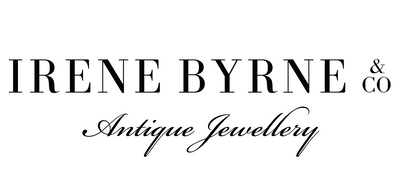Fall in love with these Austro-Hungarian Ceylon sapphire and diamond cluster drop earrings. Exquisitely crafted, these earrings feature a stunning 4.05ct Ceylon Sapphire accompanied by 2.40ct of old mine cut diamonds, all beautifully set in silver on 14ct yellow gold. Designed by the renowned jeweller Erik August Kollin, who worked for Fabergé, during the illustrious reign of the Austro-Hungarian Empire, these earrings reflect a rich heritage of artistry and luxury. Each pair comes with an independent valuation and is GSL certified, ensuring both authenticity and quality. Elevate your collection with this magnificent piece of history.
Circa:
1885
Jeweller:
Erik August KollinControl Marks:
Austro-Hungarian - Vienna
Material:
14ct Yellow Gold & SilverGemstone:
Ceylon Natural Sapphires & DiamondsCut:
Old Mine Cut Diamonds, Oval SapphireCarat: Sapphire
1 = 2.03ct, Sri Lankan, heatedSapphire 2 = 2.02ct, Sri Lankan, heated
28 Diamonds = 2.40ct, H - J / SI & P1Colour:
Sapphire = Deep Blue Ceylon
Austro-Hungarian Empire (1867-1918)
The Austro-Hungarian Empire stood as one of the most formidable European powers, second only to Britain, during its existence from 1867 to 1918. This constitutional monarchy encompassed regions that include the Czech Republic, Austria, Slovakia, Ukraine, Poland, Romania, Hungary, Slovenia, and Croatia, all united under the rule of the House of Habsburg.
A hub of industrialisation and trade, the empire experienced a significant rise in the middle and upper classes, fostering a vibrant cultural scene. Its geographical proximity to Germany and Italy facilitated a rich exchange of design influences, leading to a revival of Renaissance aesthetics. Unlike previous styles, this design renaissance embraced bold and extravagant forms, showcasing opulent colours.
Jewellery from this period was characterised by its large and striking designs, with Vienna and Budapest emerging as the epicentre of fashion. The elite actively participated in social events such as theatre, opera, ballet, and grand costume balls, where luxurious jewellery served as a symbol of status and wealth.
Notable Austro-Hungarian jewellers of the era included Erik August Kollin, who notably worked for Fabergé, as well as Köchert, the imperial court jeweller, and Antol Bachruch, each contributing to the opulent legacy of the time.

